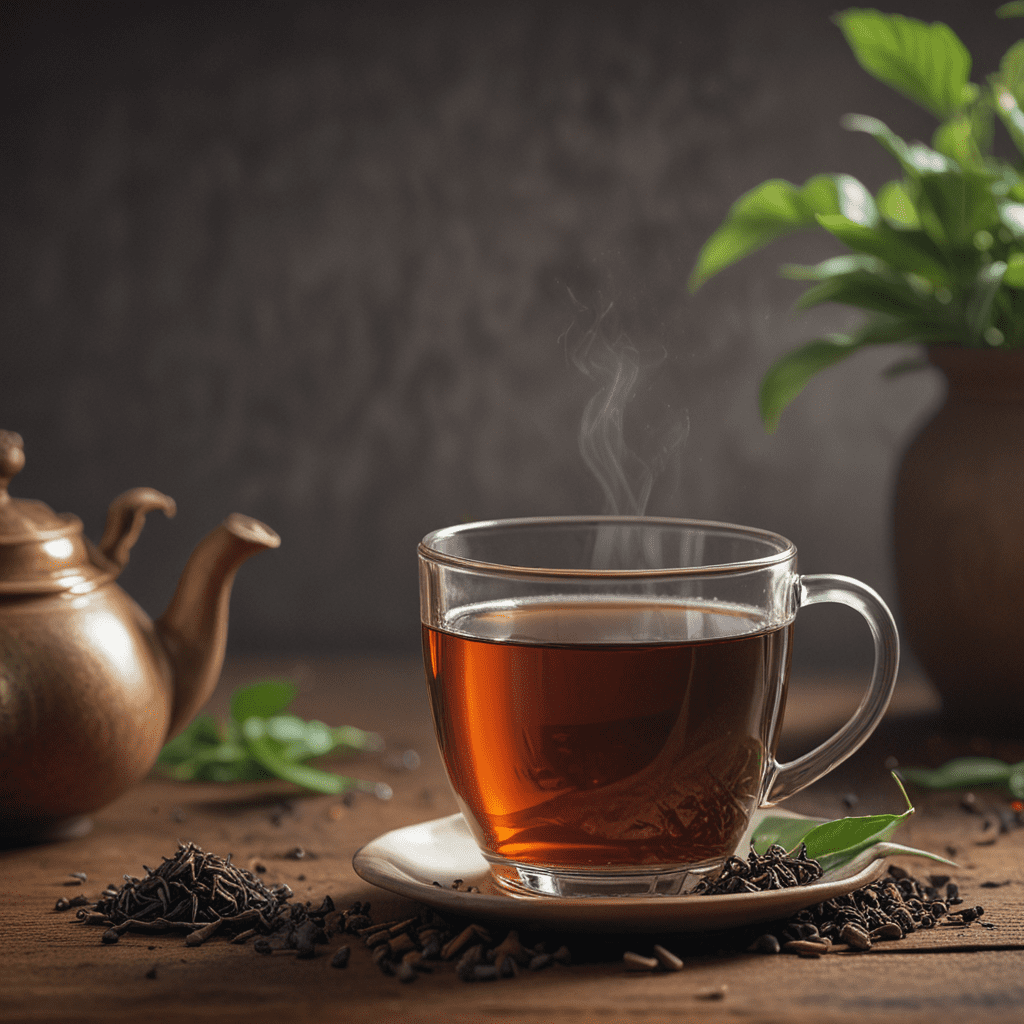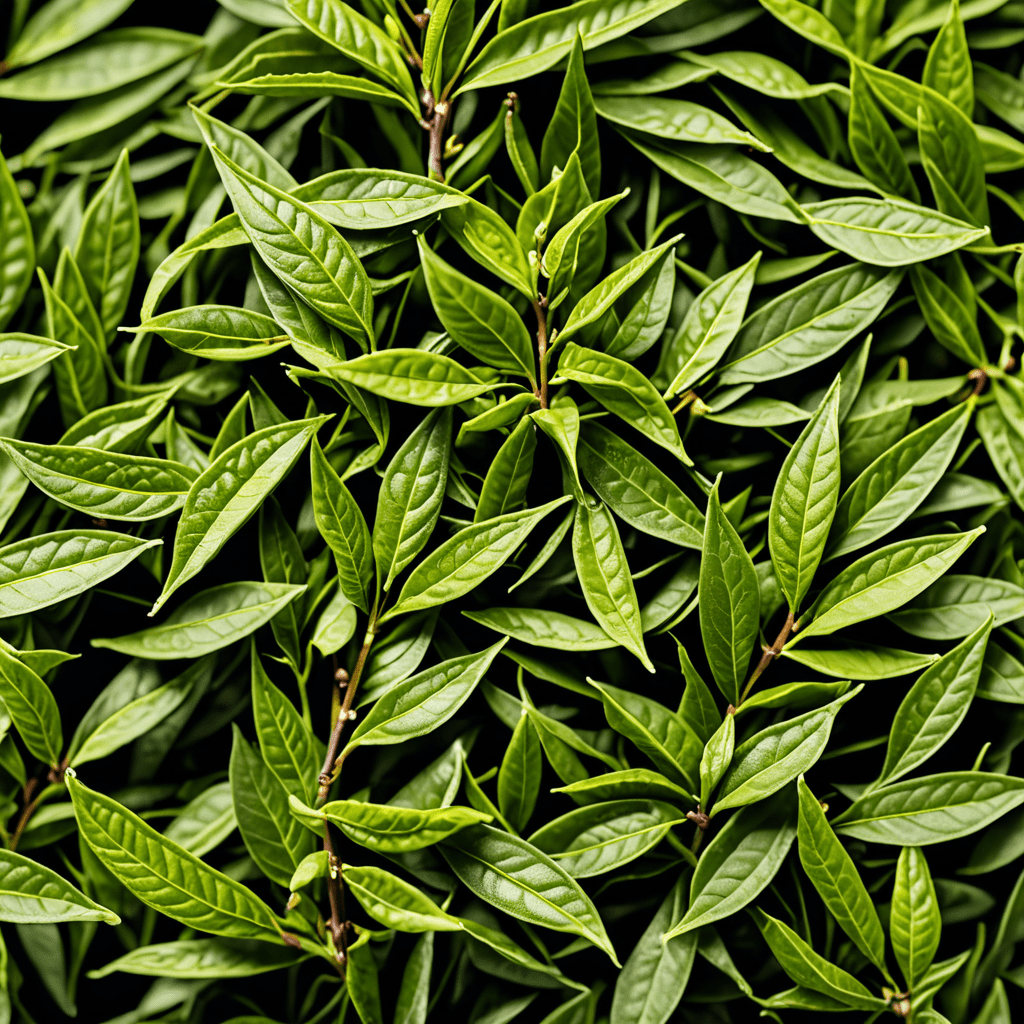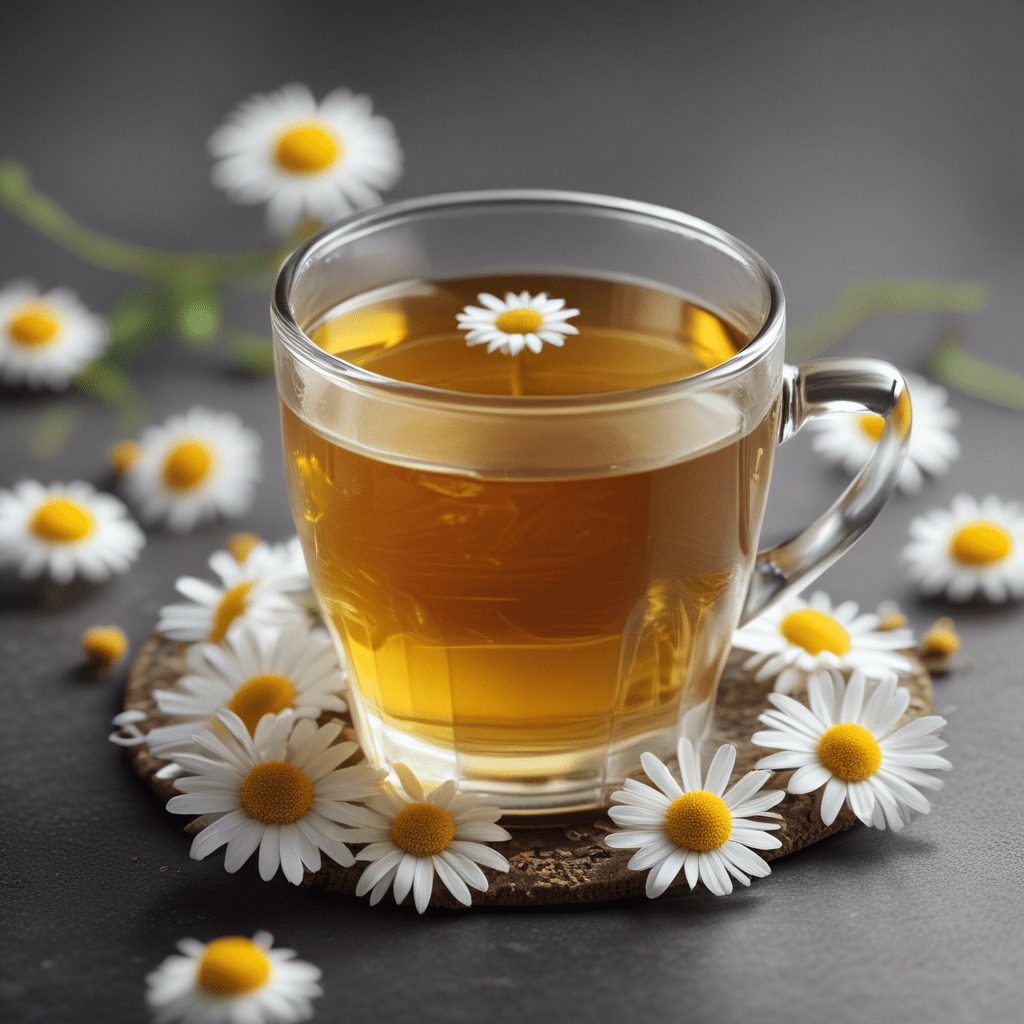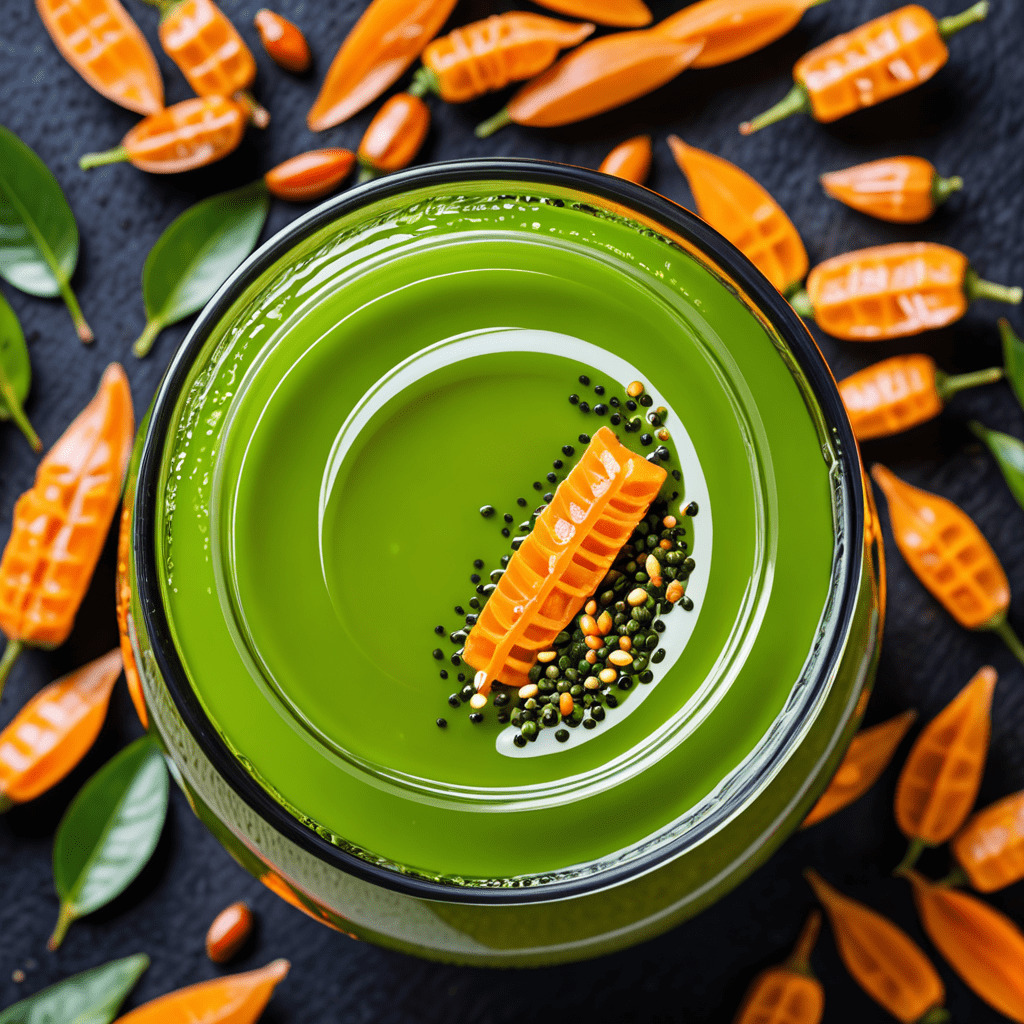Introduction
Assam tea is a renowned type of black tea that originates from the Assam region of India. Known for its full-bodied flavor and rich, malty aroma, Assam tea has become a popular choice among tea enthusiasts worldwide. This article delves into the rich tradition and distinct characteristics of Assam tea, exploring its history, cultivation, processing, and unique qualities.
History of Assam Tea
The origins of Assam tea can be traced back to the 19th century when British planters discovered wild tea trees growing in the region's lush forests. Recognizing the potential of these native plants, they established tea plantations and began experimenting with cultivation techniques. By the mid-19th century, Assam tea had gained prominence in the global tea market, becoming a staple in many households across the world.
The Assam Tea Plant
The Assam tea plant, known scientifically as Camellia sinensis var. assamica, is a large-leafed variety that is indigenous to the Assam region. Unlike other tea plants, the Assam tea plant can grow up to 20 meters tall and produces leaves that are significantly larger and thicker. This unique plant variety contributes to the distinct characteristics of Assam tea.
The Ideal Climate for Assam Tea
The Assam tea plant flourishes in the tropical climate of the Assam region. The abundant rainfall, high humidity, and warm temperatures provide optimal conditions for its growth. The Brahmaputra River, which flows through the region, also plays a crucial role in regulating the climate, creating a favorable environment for tea cultivation.
The Cultivation Process
Assam tea is cultivated in vast tea gardens, where the plants are carefully tended to ensure their health and productivity. The cultivation process involves pruning, fertilizing, and controlling pests and diseases. To maintain the quality of the tea, sustainable farming practices are employed, such as organic farming and rainwater harvesting.
The Harvesting Process
Assam tea is typically harvested twice a year, during the spring and autumn seasons. The first flush, harvested in March and April, produces leaves that are prized for their delicate flavor and aroma. The second flush, harvested in June and July, yields leaves with a bolder, more robust character. The harvesting process is done manually, with skilled workers carefully plucking the two topmost leaves and a bud from each plant. This selective harvesting ensures the highest quality of tea.
The Processing Methods
After harvesting, the tea leaves undergo a series of processing steps to transform them into the finished product. The traditional method of processing Assam tea involves withering, rolling, oxidation, and drying. Withering reduces the moisture content of the leaves, rolling breaks down the leaf cells and releases their natural enzymes, oxidation allows the leaves to develop their characteristic black color and flavor, and drying halts the oxidation process and stabilizes the tea. Modern processing methods often use machines to automate these steps, ensuring efficiency and consistency.
The Different Grades of Assam Tea
Assam tea is graded based on its quality, with the highest grades commanding a premium price. The grading system takes into account factors such as leaf size, color, and aroma. The top grades, such as Golden Tippy Assam and Pekoe Assam, are characterized by their large, golden-tipped leaves and intense flavor. Lower grades, such as Fannings and Dust, consist of smaller leaf fragments and have a milder flavor profile. Each grade has its own distinct characteristics and is suitable for different brewing methods and preferences.
The Unique Characteristics of Assam Tea
Assam tea is renowned for its full-bodied, malty flavor and rich, earthy aroma. The large leaves and high caffeine content contribute to its strong, robust character. Assam tea is often enjoyed with milk and sugar, which complement its bold flavor profile. It is also an excellent choice for blending with other teas, adding depth and richness to the overall taste experience. Compared to other black teas, Assam tea typically has a higher astringency, which can be perceived as a pleasant bitterness by some and a less desirable trait by others.
Assam Tea in the Global Market
Assam tea is one of the most popular black teas in the world, with a significant presence in the global tea market. It is exported to countries across Europe, Asia, and North America, where it is enjoyed by tea enthusiasts and casual consumers alike. The Assam Tea Industry plays a vital role in the region's economy, providing employment and contributing to the livelihoods of millions of people. The demand for Assam tea continues to grow as consumers become increasingly aware of its unique flavor and health benefits, ensuring its continued popularity in the global tea market.
FAQs on Assam Tea
- What is the best way to brew Assam tea? Assam tea can be brewed using a variety of methods, including the traditional teapot method, French press, or tea bags. For the optimal experience, use freshly boiled water and steep the tea leaves for 3-5 minutes, depending on the desired strength.
- What are the health benefits of Assam tea? Assam tea is rich in antioxidants, which have been linked to a number of health benefits, including reducing inflammation, improving heart health, and boosting the immune system.
- How can I store Assam tea properly? Assam tea should be stored in an airtight container in a cool, dry place away from direct sunlight. This will help preserve its freshness and flavor.
- Where can I buy Assam tea? Assam tea can be purchased online from tea retailers or specialty grocery stores. It is also available in many tea shops and cafes.



